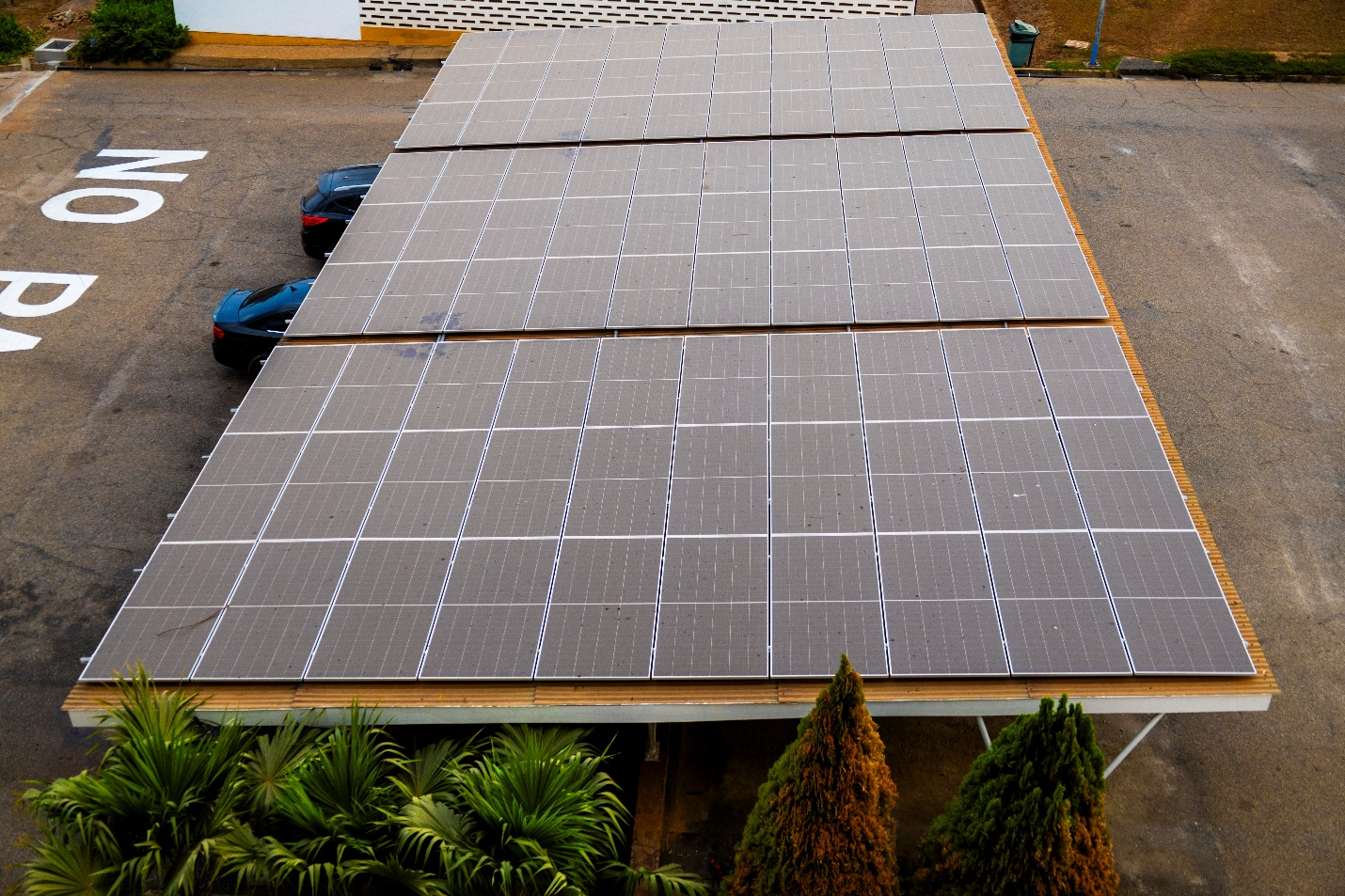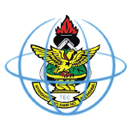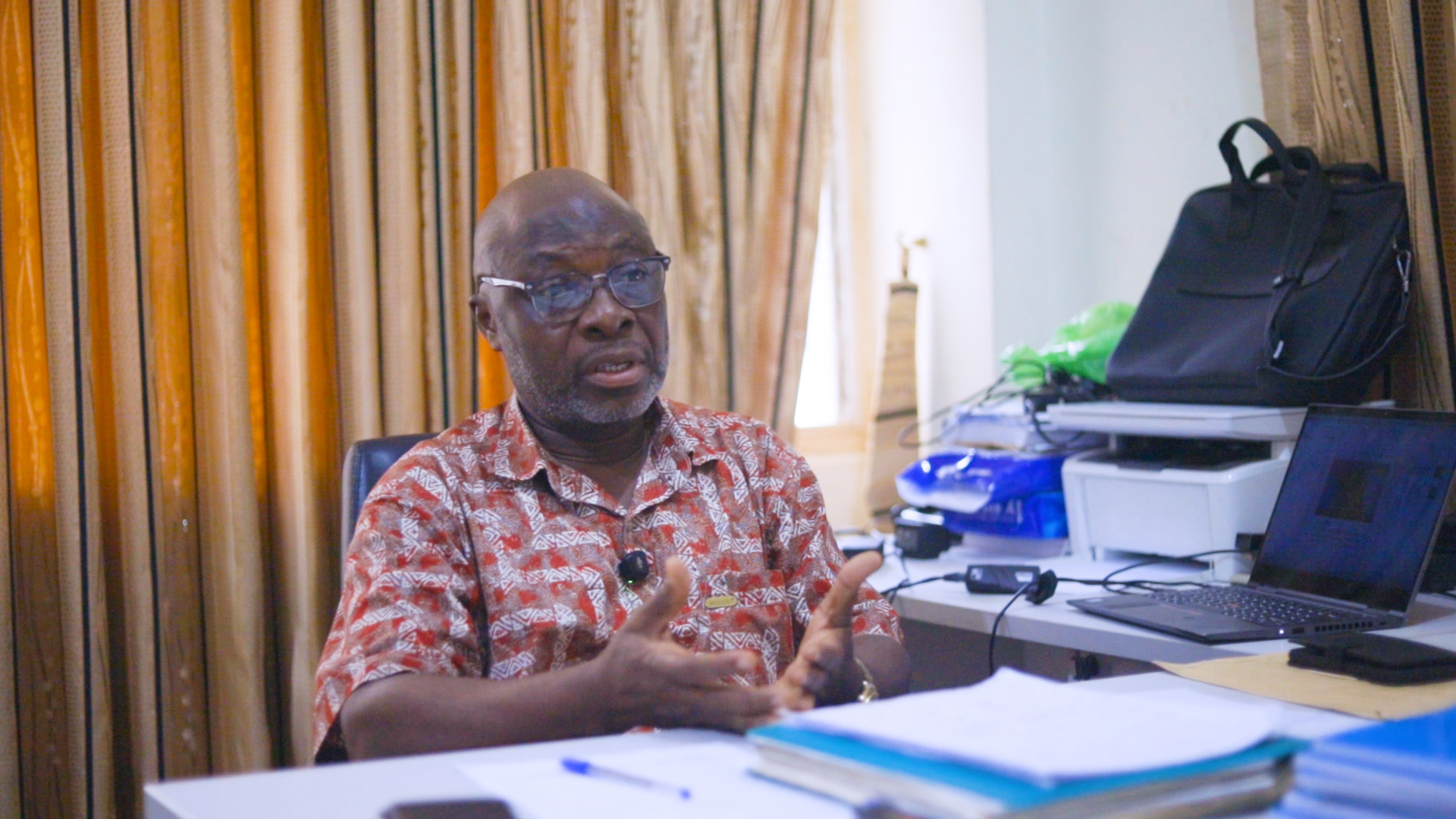Professor Gabriel Takyi, Group Chair of the Solar Energy Group at the Brew-Hammond Energy Centre (KNUST), has emphasised the critical role of early education in fostering climate consciousness and renewable energy adoption in Ghana.
Speaking on the group’s efforts to equip the next generation with hands-on training in solar, wind, and hydropower systems, he stressed that empowering young students today will shape a sustainable energy future for tomorrow.
“Climate change remains one of the greatest challenges of our time,” Prof. Takyi said. “We believe early education is key. By training young people at the secondary level, we instill in them the awareness and responsibility needed to drive climate action.”

One of the group’s major initiatives this year was an outreach programme targeting second-cycle schools in KNUST’s catchment area, including Kumasi High School, St. Louis SHS, and KNUST SHS. The programme provided students with hands-on training in solar, wind, and hydropower systems, to build a generation well-versed in sustainable energy solutions.
Professor Takyi revealed that the Solar Energy Group is preparing for a national solar energy resource assessment, which will compile detailed data on Ghana’s solar potential, including locations and capacities of existing power plants and standalone systems.
“We need credible, localised data to support research, investment, and policy decisions,” he explained. “Mapping Ghana’s solar potential will guide future installations and energy strategies.”
 He noted that Ghana has made notable steps, with its solar photovoltaic (PV) capacity now at approximately 112 megawatts, a significant increase from a decade ago. “These projects bring us closer to Ghana’s target of achieving 10% renewable energy in the national mix by 2030,” Prof. Takyi added.
He noted that Ghana has made notable steps, with its solar photovoltaic (PV) capacity now at approximately 112 megawatts, a significant increase from a decade ago. “These projects bring us closer to Ghana’s target of achieving 10% renewable energy in the national mix by 2030,” Prof. Takyi added.
He highlighted Africa’s vast solar potential, with solar radiation levels ranging between 4 to 6 kilowatt-hours per square meter per day.
“Many Africans still lack electricity, hindering economic and social development,” he said. “Solar energy offers a cleaner, scalable solution to bridge that gap while reducing carbon emissions.”
However, he revealed that challenges remain, including limited technical expertise, high upfront costs, land acquisition hurdles, and the need for costly battery storage systems.
“One of the biggest gaps is in research and development,” Prof. Takyi admitted. “We need well-equipped testing laboratories and trained personnel to assess system performance and innovate. Without this foundation, the sector cannot reach its full potential.”
Despite these obstacles, Professor Takyi stated the opportunities ahead such as off-grid solar solutions for remote communities, climate change mitigation, and job creation for Africa’s youth. He commended Ghana’s Renewable Energy Act (2011), which provides tax incentives, feed-in tariffs, and subsidies, but called for stronger collaboration between government, academia, and private industry.
“These incentives are helpful, but their impact depends on implementation and stakeholder collaboration,” he said.
He also urged local and international partnerships with the Centre to explore the opportunities in Solar Energy.
“We are open to partnerships. We invite institutions and companies to work with us in developing testing facilities, smart energy systems, and training the next generation of solar engineers,” he said.

